Key Strategies For Securing Email Communications In Businesses
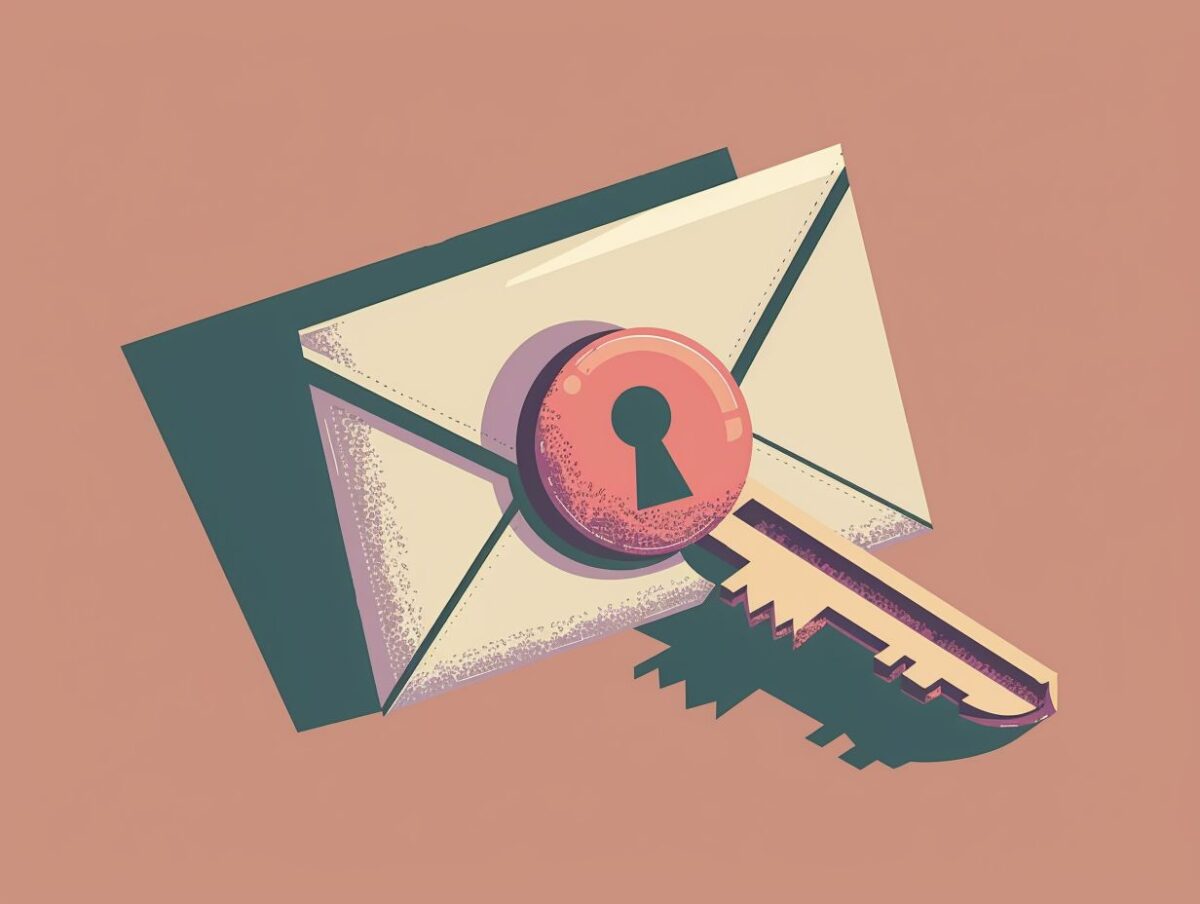
Email security is a crucial aspect of any business’s operations in today’s digital age. With the rising number of cyber threats aimed at businesses, it is imperative to ensure secure email communications.
In this article, you will explore the common threats to email security, essential strategies for securing email communications, best practices for email security, and factors to take into account when selecting an email security solution.
Discover how to safeguard your business against cyber attacks related to emails.
Key Takeaways:
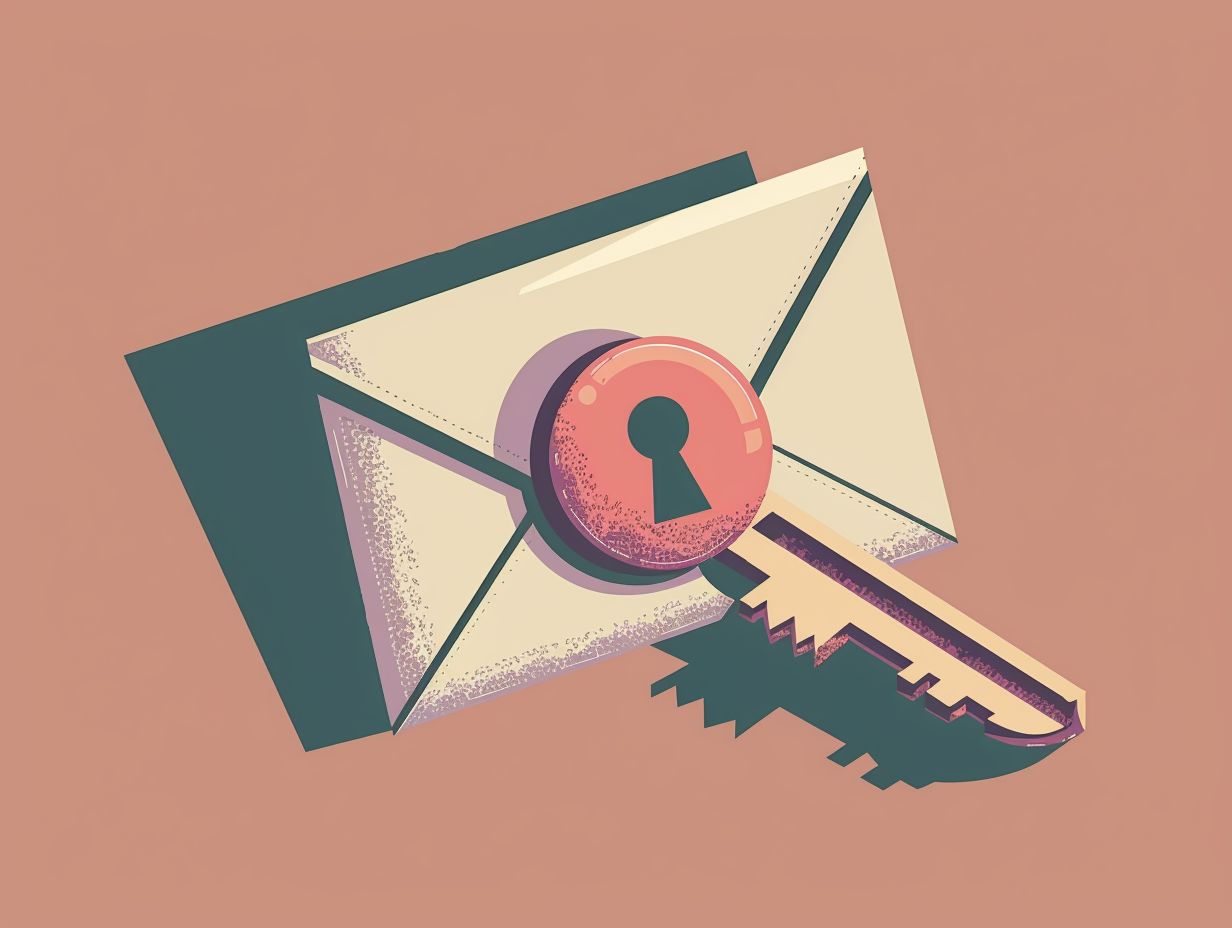
The Importance of Secure Email Communications in Businesses
Securing email communications is crucial in modern businesses, as it safeguards sensitive information and provides protection against cyber threats.
Insecure email practices can expose organizations to various risks, including data breaches, phishing attacks, and unauthorized access to confidential data. Without appropriate security measures, companies may face financial losses, damage to their reputation, and legal consequences. Robust security protocols, such as encryption, multifactor authentication, and secure file attachments, are necessary to guarantee the secure transmission of sensitive information.
Implementing strong security measures enables businesses to build trust with clients, prevent data leaks, and comply with regulations effectively.
Why Email Security Matters
Email security is crucial for you in light of the numerous cyber threats that specifically target email systems. This underscores the importance of maintaining a high level of awareness and implementing strict security protocols.
Cybercriminals frequently utilize various malicious tactics, such as phishing, ransomware attacks, and email spoofing, to exploit weaknesses in email accounts. Through unauthorized access to emails, hackers can compromise sensitive information, engage in financial fraud, or launch complex cyber assaults. The ramifications of these security breaches can be significant for individuals and organizations alike, underscoring the necessity of proactively implementing robust security measures and enforcing stringent email security policies to protect confidential data and prevent unauthorized access.
Common Threats to Email Security
Regarding email security, you face various threats that can compromise the integrity of your communications. Phishing attempts, malicious attachments, and human errors from employees all contribute to these risks, highlighting the need for implementing best practices.
Phishing scams stand out as a prevalent tactic used by cybercriminals to deceive individuals into disclosing sensitive information, such as login credentials or financial data. These fraudulent emails often display a convincing facade, sometimes mimicking the logos of reputable companies, making it challenging to discern the deception.
Another common threat to email security is attachment-based malware, where malicious software lurks within email attachments. Opening these attachments can trigger the installation of malware on your device, potentially leading to data breaches or system vulnerabilities.
Employee negligence, like clicking on suspicious links or overlooking the source of an email, can also have a significant impact on email security. To effectively tackle these threats, organizations must prioritize employee training on identifying phishing attempts, consistently update security protocols, and enforce stringent email usage policies.
Types of Attacks and Vulnerabilities
Email systems are vulnerable to various types of attacks, including phishing, spam, and malware-infected attachments. It is essential to recognize the critical role of multi-factor authentication and updated security software in safeguarding against these threats.
Phishing schemes continue to pose a significant threat, often crafted to deceive users into divulging sensitive information. Spam emails inundate inboxes daily, aiming to entice recipients into participating in fraudulent activities.
Clicking on malicious links embedded in emails can result in data breaches and the compromise of personal information. Implementing multi-factor authentication enhances security by requiring additional verification steps beyond passwords.
Regularly updating security software is crucial for detecting and preventing emerging cyber threats, thereby fortifying email communications against potential attacks.
Key Strategies for Securing Email Communications
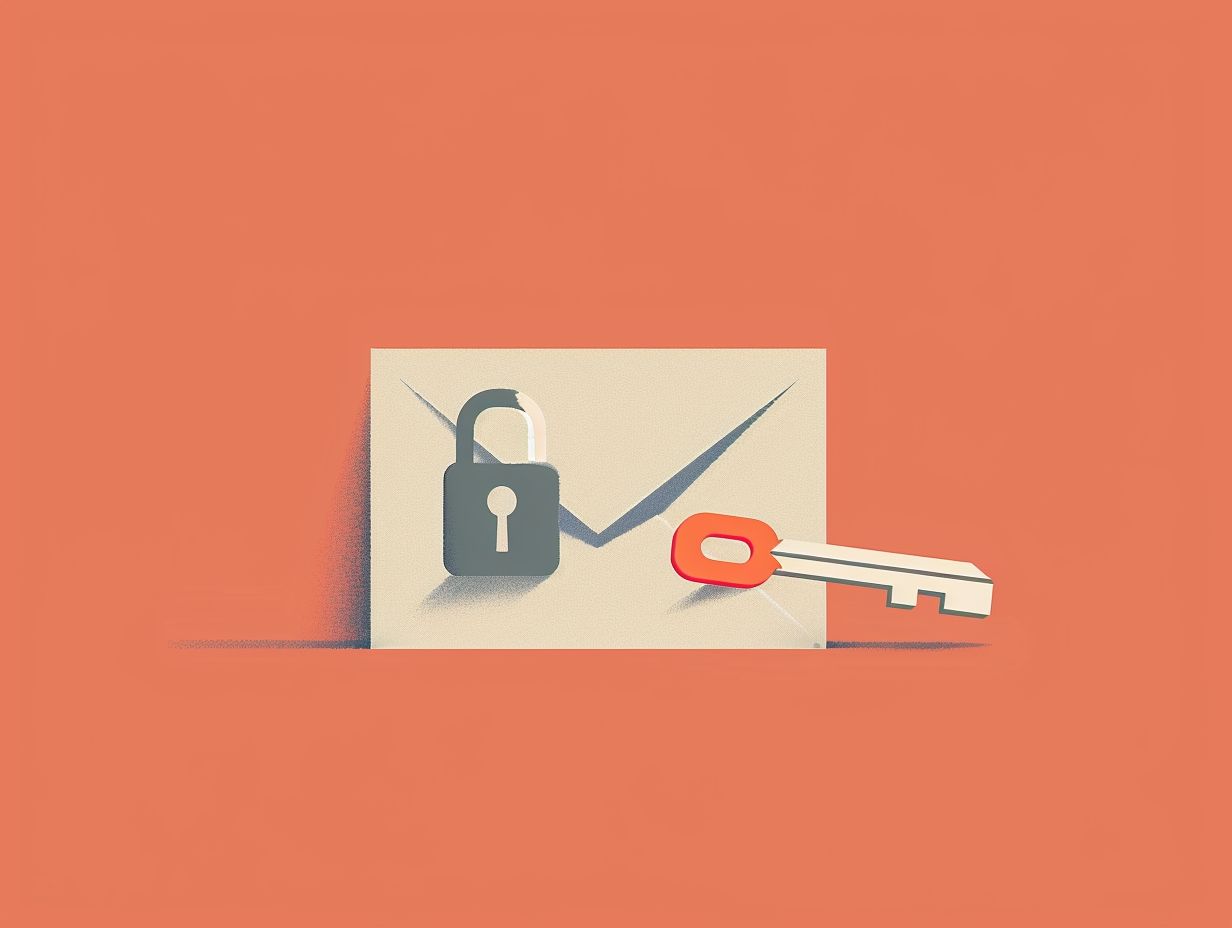
Implement robust encryption protocols, enforce strong password policies, and provide comprehensive training to employees as key strategies for enhancing the security of email communications. Encryption methods are crucial in safeguarding sensitive information by encoding data before transmission, rendering it unreadable to unauthorized parties.
Password best practices include implementing multi-factor authentication, using complex passwords, and regularly updating passwords to prevent unauthorized access. Authentication mechanisms like digital signatures and secure logins further validate user identities and ensure secure interactions.
Ongoing training for employees is essential to educate them on the latest email security threats and how to effectively identify and respond to potential risks.
Implementing Encryption
In email transmission, encryption is essential for protecting sensitive data from unauthorized access. Utilizing secure encryption software is necessary to ensure the security of the information being transmitted.
One prevalent encryption method used in email security is Public Key Infrastructure (PKI), which involves the encryption and decryption of messages using public and private keys. This approach guarantees that only the intended recipient can decrypt and access the information sent.
Along with PKI, there are other encryption solutions such as Pretty Good Privacy (PGP) and Secure/Multipurpose Internet Mail Extensions (S/MIME) that provide strong encryption capabilities. Implementation of these encryption protocols enhances the confidentiality, integrity, and authenticity of email communications for organizations and individuals. This heightened security makes it significantly more challenging for cybercriminals to intercept and decipher sensitive data.
Using Strong Passwords and Authentication
Employing strong, unique passwords and implementing multi-factor authentication mechanisms are essential for fortifying your email account security and preventing unauthorized access.
Using the same password for multiple accounts can create vulnerabilities, as a breach in one platform could compromise all linked accounts. To minimize this risk, create complex passwords incorporating a mix of letters, numbers, and symbols.
Enhancing security through multi-factor authentication, such as SMS codes or biometric verification, adds an extra layer of protection by necessitating additional verification steps. These measures play a crucial role in preventing unauthorized access even if a password is compromised.
Employee Training and Awareness
Comprehensive employee training programs and heightened awareness initiatives are essential for educating staff on email security best practices, phishing detection, and response protocols. Regular training sessions will not only equip you with the knowledge to identify and handle suspicious emails but also ensure that you stay current with the evolving tactics of cybercriminals.
Along with ongoing education, simulated phishing drills can provide you with practical experience in recognizing phishing attempts and reinforce the importance of vigilance. When coupled with awareness campaigns that emphasize the collective responsibility of maintaining a secure digital environment, these initiatives will help foster a security-conscious culture within your organization.
Best Practices for Email Security
To ensure robust email security and resilience against cyber threats, you should adhere to best practices such as regular updates, data backups, and continuous monitoring.
Regarding email security, vigilance is paramount. Keeping your systems updated in a timely manner helps to patch vulnerabilities and stay ahead of potential threats. Establishing a comprehensive data backup procedure ensures that your critical information remains safe even in the event of a security breach. Proactive monitoring is essential for detecting any suspicious activities or breaches early on, enabling a swift response and mitigation. By incorporating these practices into your email security strategy, you can effectively protect your communication channels and sensitive data from cyber risks.
Regular Updates and Backups
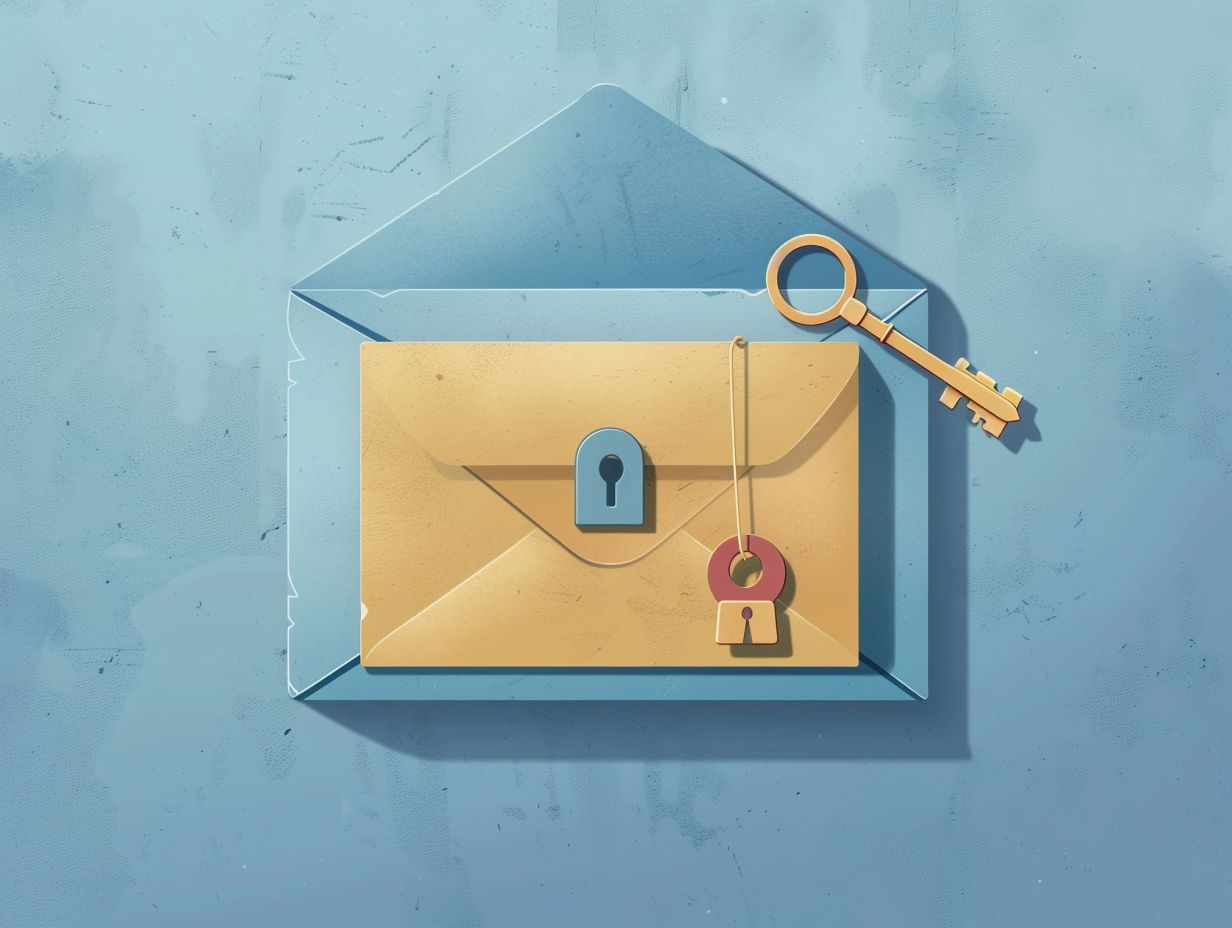
Regular software updates and routine data backups are crucial elements of email security best practices, ensuring system integrity and data recovery capabilities.
By maintaining up-to-date software versions, you can stay ahead of cyber threats and vulnerabilities that target outdated systems. Patching vulnerabilities in a timely manner is essential to prevent potential breaches and unauthorized access to sensitive information stored in email servers.
Implementing regular data backup procedures adds an extra layer of protection, allowing for the restoration of data in case of accidental deletion, system failures, or ransomware attacks. These proactive measures not only safeguard valuable data but also minimize the impact of security incidents on business operations.
Monitoring and Auditing
Continuous monitoring and periodic auditing of your email security practices can help you identify potential vulnerabilities, anomalous activities, and deviations from compliance standards. This proactive approach enables you to mitigate risks effectively.
By incorporating ongoing monitoring and auditing procedures into your email security framework, your organization can proactively address cyber threats. Utilizing real-time threat detection tools is essential in promptly identifying suspicious activities that could indicate a security breach. Behavioral analytics offer valuable insights into user behavior patterns, aiding in the detection of unauthorized access or data exfiltration. Conducting regular compliance audits ensures that your organization complies with industry regulations and standards, thereby safeguarding sensitive information and upholding a strong security posture.
Choosing an Email Security Solution
When selecting the right email security solution, you must evaluate various factors such as threat detection capabilities, ease of implementation, scalability, and compatibility with existing systems.
Considering the importance of features, performance, integration, and support in the decision-making process is crucial for ensuring that the chosen solution effectively safeguards your organization’s sensitive data. Robust features like advanced threat detection mechanisms, encryption protocols, and compliance tools play a vital role in mitigating cyber risks. Performance metrics, including processing speed and accuracy, determine how efficiently the solution can handle incoming threats. Integration capabilities with other security tools and platforms enhance overall defense mechanisms, while responsive support services ensure timely assistance in case of security incidents.
Factors to Consider
When evaluating email security solutions, prioritize factors such as threat intelligence integration, user-friendliness, customer support, and cost-effectiveness to effectively meet your organization’s security requirements.
Integrating threat intelligence is essential to ensure that your security system can promptly detect and respond to evolving threats. User-friendly interfaces can boost staff productivity and reduce the likelihood of human errors. Reliable customer support plays a critical role in providing swift assistance during security incidents. Assessing the total cost of ownership is important for understanding the long-term financial impact of your chosen solution, ensuring that it aligns with your organization’s budget and security needs.
Frequently Asked Questions
What are some key strategies for securing email communications in businesses?
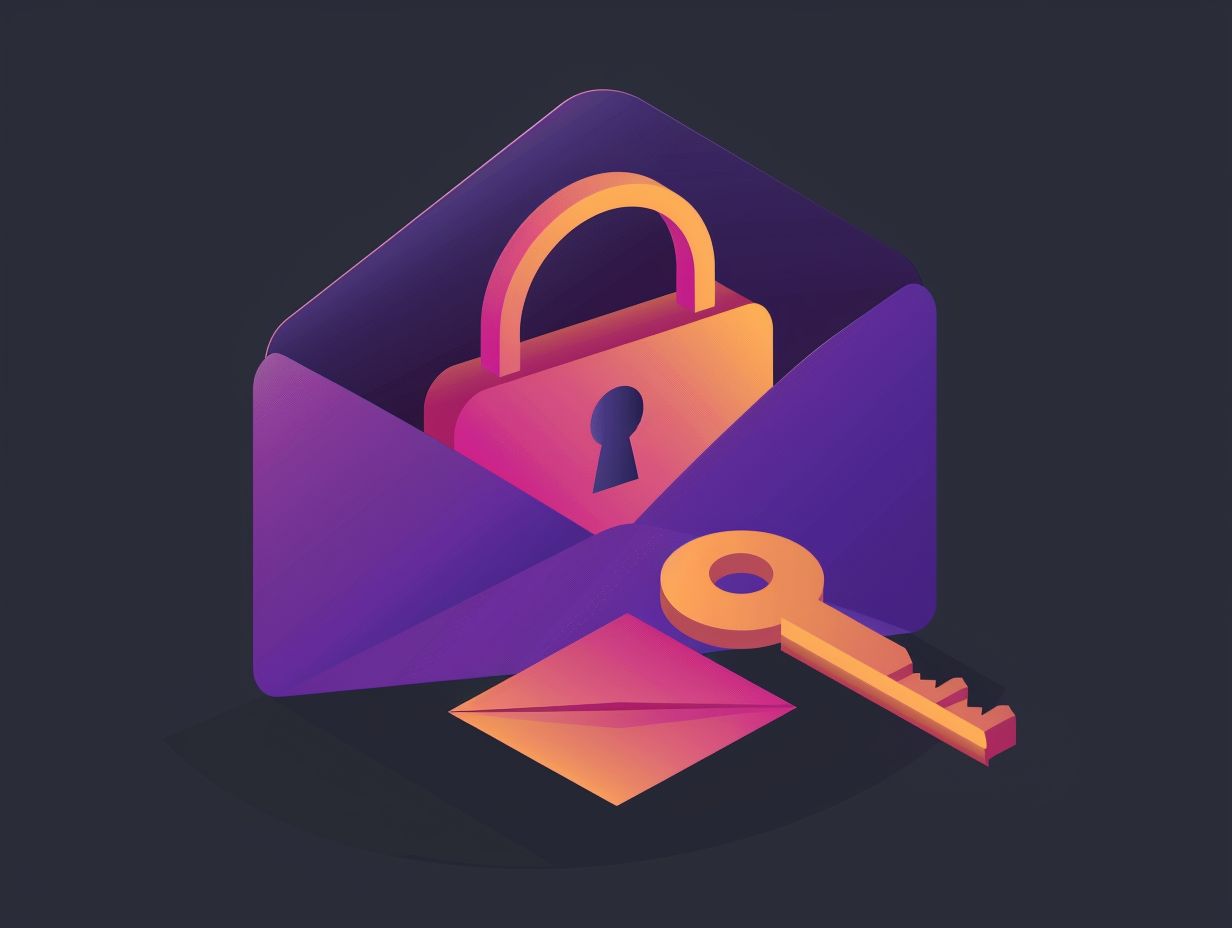
Some key strategies for securing email communications in businesses include implementing strong password policies, using email encryption, periodically updating security software, and training employees on email security best practices.
Why is securing email communications important for businesses?
Securing email communications is important for businesses because it helps protect sensitive information, prevents data breaches and cyber attacks, and maintains customer trust.
How can businesses avoid falling victim to email scams and phishing attacks?
Businesses can avoid falling victim to email scams and phishing attacks by educating employees on how to identify suspicious emails, implementing email filters, and using multi-factor authentication for email access.
What role do email encryption and digital signatures play in securing email communications for businesses?
Email encryption and digital signatures play a crucial role in securing email communications for businesses by ensuring that messages are sent and received securely, and by verifying the authenticity of the sender.
How often should businesses review and update their email security measures?
Businesses should review and update their email security measures regularly, ideally on a quarterly or bi-annual basis, to stay ahead of evolving cyber threats and maintain the integrity of their email communications.
What are some common mistakes that businesses make when it comes to securing email communications?
Some common mistakes that businesses make when it comes to securing email communications include not enforcing strong password policies, neglecting to regularly update security software, and not providing adequate training for employees on email security.









